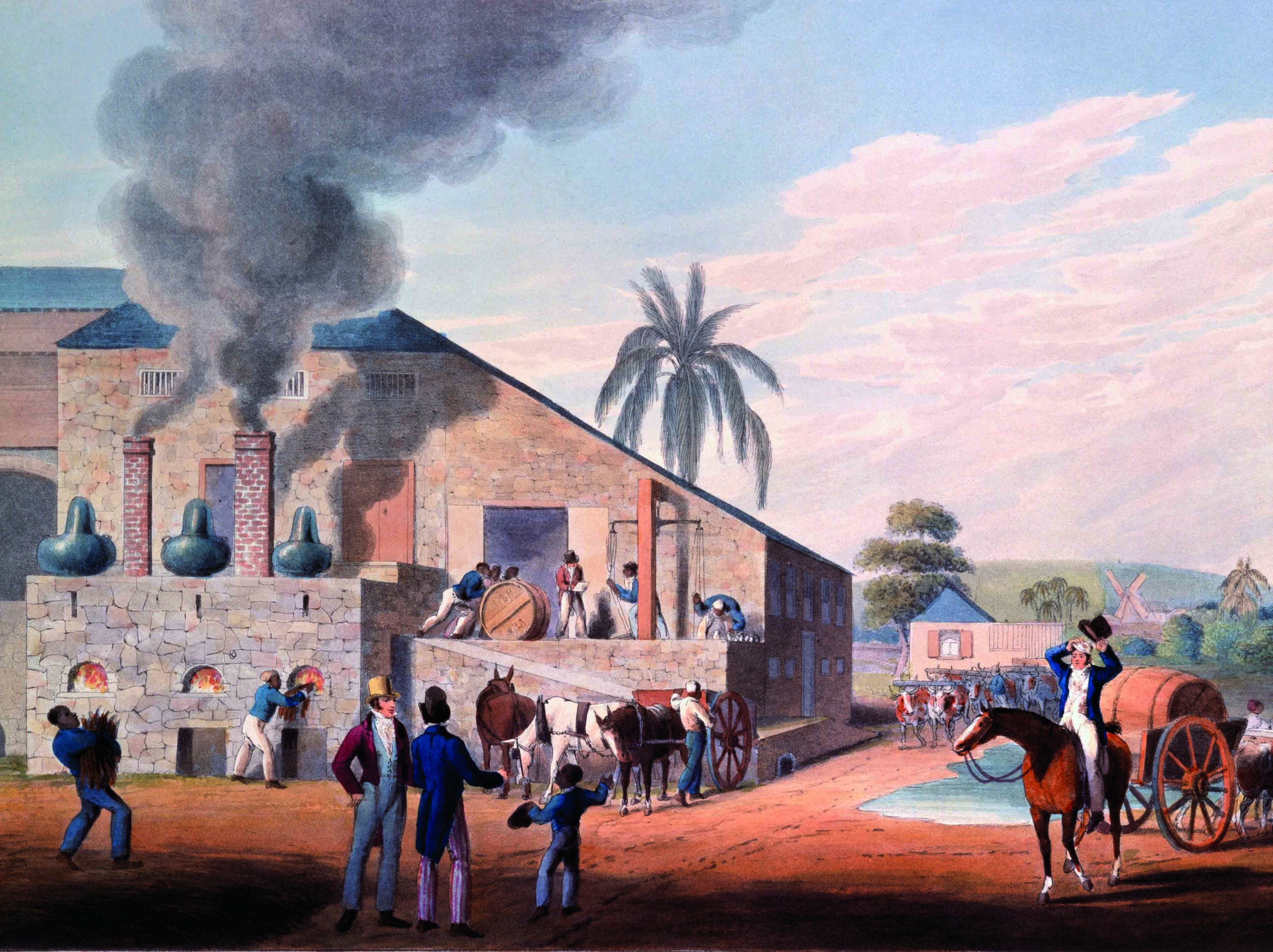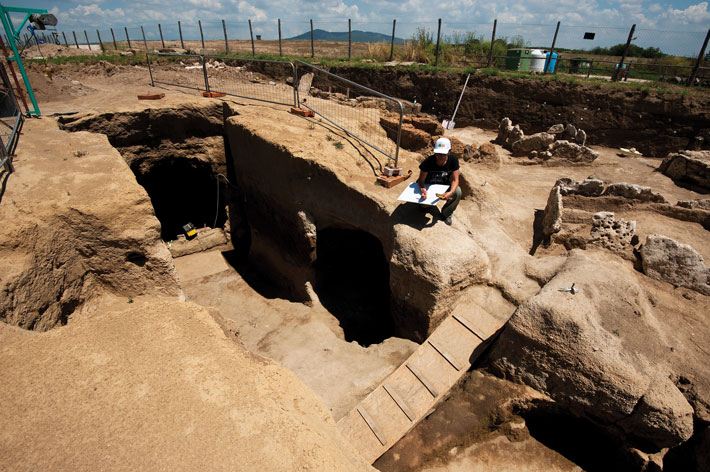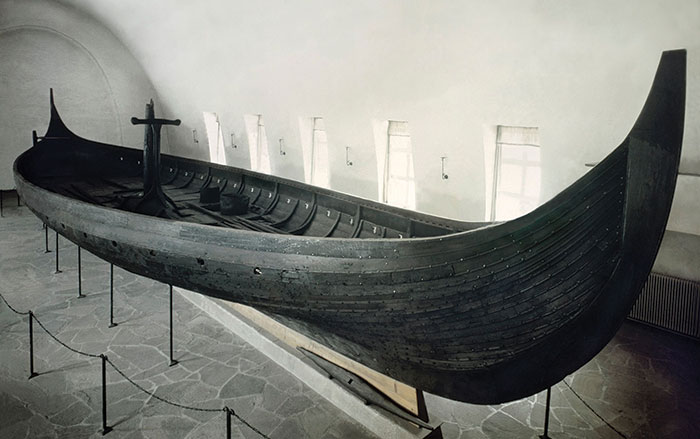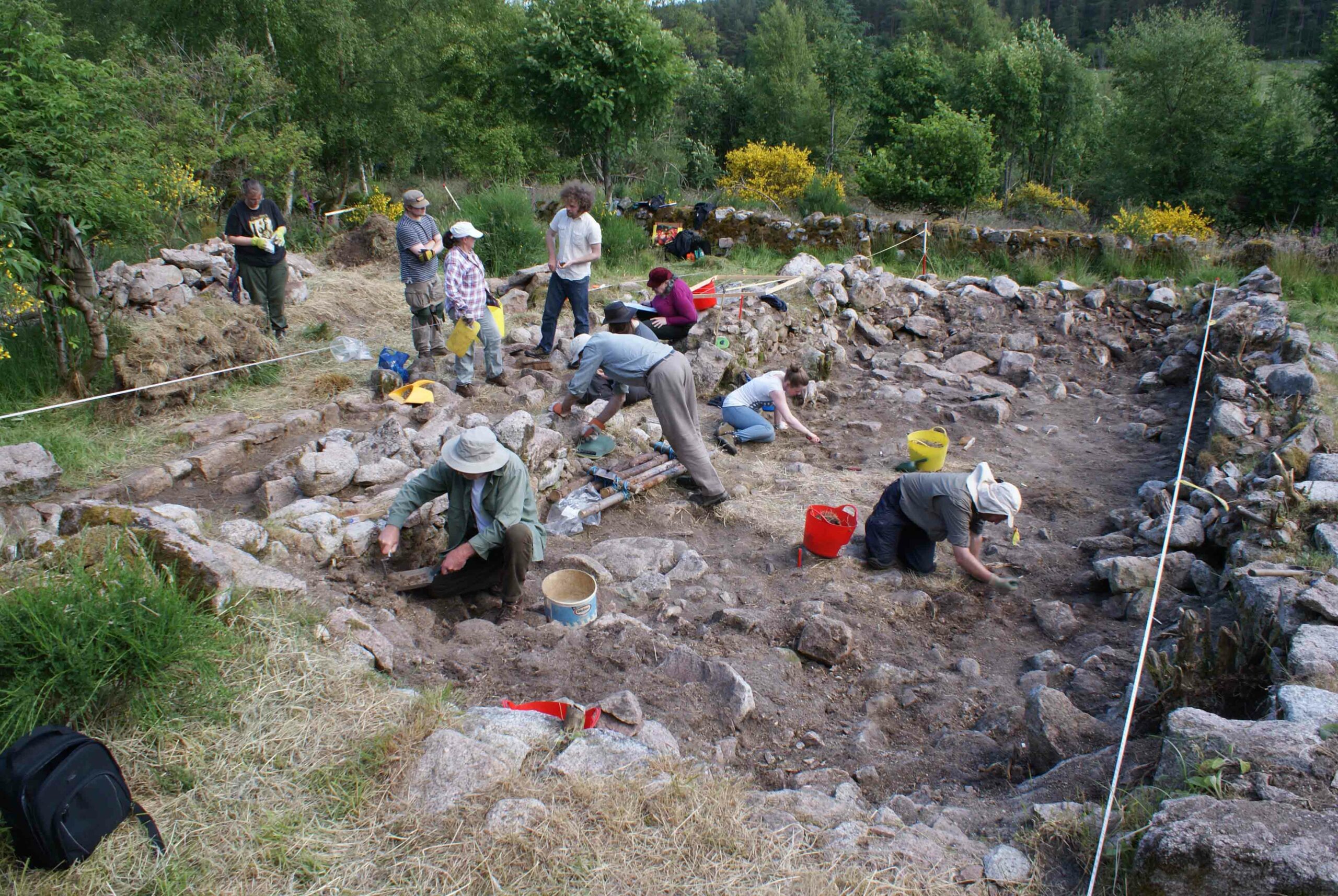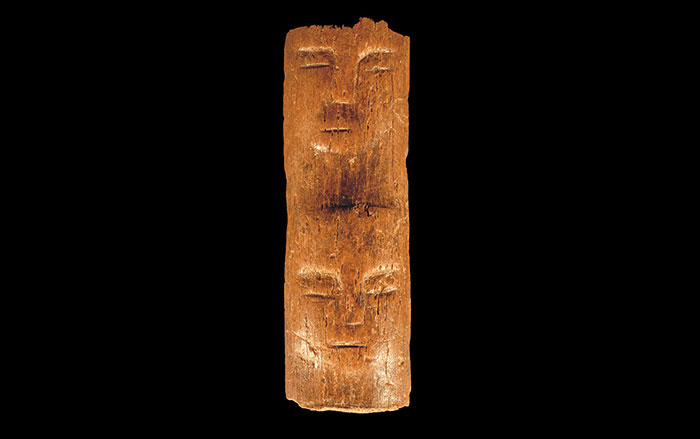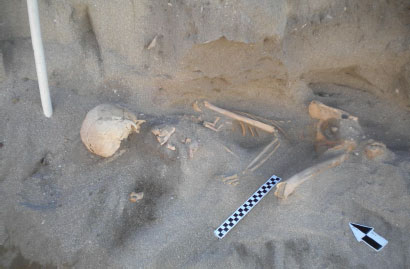
SYDNEY, AUSTRALIA—An international team of scientists has worked together to study the 2,330-year-old skeletal remains discovered by archaeologist Andrew Smith of the University of Cape Town at St. Helena Bay, along Africa’s southernmost coast. Biological anthropologist Alan Morris, also of the University of Cape Town, found a bony growth in the man’s ear canal known as “surfer’s ear,” which suggests that he dove for food in the cold water as a marine hunter-gatherer. Shells dating to the same period were found near the man’s grave. Paleogeneticist Svante Paabo of the Max Planck Institute for Evolutionary Anthropology extracted samples from a tooth and a rib, and was able to sequence the man’s entire mitochondrial genome. Vanessa Hayes of the Garvan Institute of Medical Research, an expert in African genomes, determined that the man’s maternal lineage was different from the pastoralists who migrated to South Africa from Angola 2,000 years ago. “In this study, I believe we may have found an individual from a lineage that broke off early in modern human evolution and remained geographically isolated. That would contribute significantly to refining the human reference genome,” Hayes told Science Daily. “If we want a good reference, we have to go back to our early human origins.” To read more about the role of early migrations in human history, see ARCHAEOLOGY's "New Evidence for Mankind's Earliest Migrations."





